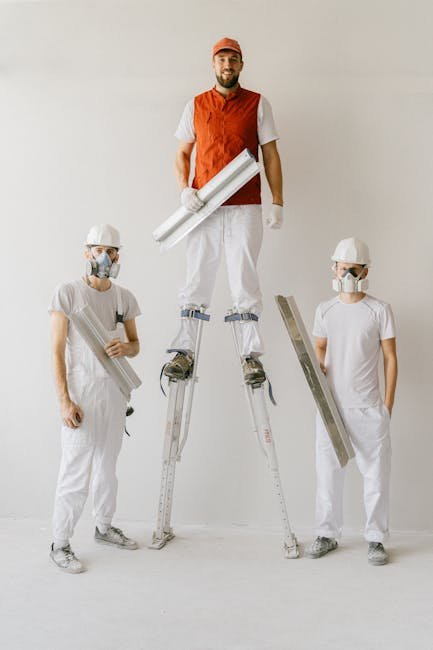Building Agile Team Structures: Roles and Responsibilities
Welcome to the world of agile! 🚀 Whether you’re new to agile methodologies or just looking to refine your current practice, understanding the roles and responsibilities within an agile team is crucial. Let’s dive in to see how you can build a team that thrives on collaboration and innovation.
Table of Contents
1. Introduction: Why Agile Team Structures Matter
2. Key Roles in an Agile Team
3. Responsibilities of Agile Team Members
4. Building a Culture of Collaboration
5. Conclusion
6. FAQs
Introduction: Why Agile Team Structures Matter
Agile isn’t just a buzzword; it’s a dynamic approach to project management and product development that emphasizes flexibility, collaboration, and customer satisfaction. 🏆 It’s essential to have a clear understanding of team roles and responsibilities to maximize the effectiveness of agile practices. When everyone knows their part, magic happens! ✨
Key Roles in an Agile Team
Agile teams are composed of several key roles, each playing a vital part in the team’s success. Here’s a breakdown of the main players:
Product Owner 🧑💼
The Product Owner is the visionary, the one who knows what the customer needs and prioritizes the backlog. They ensure the team is working on the right things at the right time.
Scrum Master 🧙♂️
Think of the Scrum Master as the team’s coach. They facilitate meetings, remove roadblocks, and ensure the team follows agile practices. They are the glue that holds everything together.
Development Team 👩💻👨💻
This is where the magic happens! The development team is responsible for building the product. They are cross-functional, meaning they have all the skills necessary to create the product increment.
Responsibilities of Agile Team Members
While each role has its specific duties, certain responsibilities are shared across the board to ensure seamless collaboration.
Communication 💬
Effective communication is the backbone of any agile team. Regular stand-up meetings, retrospectives, and planning sessions keep everyone aligned and on track.
Collaboration 🤝
Agile thrives on teamwork. Encouraging a culture of collaboration ensures that all team members contribute their unique perspectives and skills.
Continuous Improvement 📈
Agile is all about adapting and evolving. Teams should regularly reflect on their processes and look for ways to improve.
Building a Culture of Collaboration
Creating a culture that supports collaboration is easier said than done. Here are some tips to foster a collaborative environment:
1. Encourage open dialogue and idea sharing.
2. Celebrate successes and learn from failures.
3. Provide training and resources to support skill development.
4. Foster an inclusive environment where every voice is heard.
Conclusion
Building an agile team structure is about more than just assigning roles; it’s about creating a dynamic environment where everyone can thrive. By understanding the roles and responsibilities within your team and fostering a culture of collaboration, you set the stage for agile success. Ready to take your team to the next level? Let’s do this! 🌟
FAQs
What is the role of a Product Owner in agile?
The Product Owner is responsible for defining the product vision, managing the backlog, and prioritizing tasks to ensure the team delivers the highest value to the customer.
How does the Scrum Master support the team?
The Scrum Master facilitates agile ceremonies, helps remove obstacles, and ensures the team adheres to agile principles, acting as a coach and guide.
What skills are essential for an agile development team?
An agile development team should be cross-functional, with skills ranging from coding and testing to design and analysis, allowing them to deliver a complete product increment.
How can we improve communication in an agile team?
Regular stand-up meetings, open channels for feedback, and transparent progress tracking can significantly enhance communication within an agile team.
Why is continuous improvement important in agile?
Continuous improvement ensures that the team is always evolving, learning, and adapting to deliver better products and processes over time.











